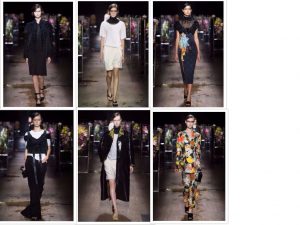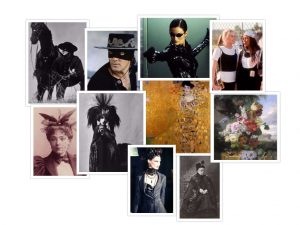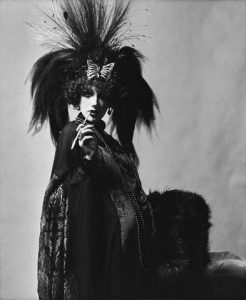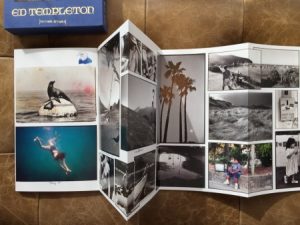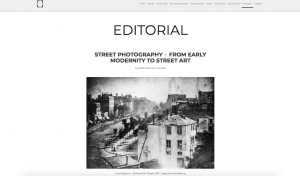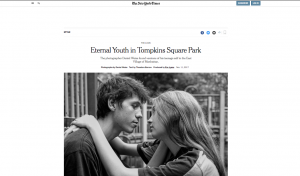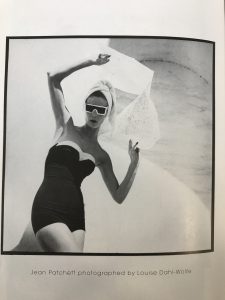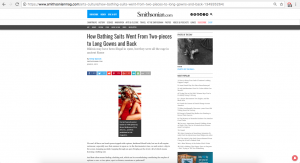Over the course of this semester the weekly Research and Communication Skills lectures have taught me to analyse both images and pieces of writing in a thoughtful and reflective manner, as well as how to use online and academic sources to support and deepen my own work and how to reference these sources correctly to ensure my work meets the correct standards of academic integrity.
The majority of the tasks were interesting to research and write about, such as the Visual Research and Online Research tasks, as I find broadening my knowledge on any topic is something I enjoy as I then have the knowledge to apply that information to different areas of my work, including my studio work. The Visual Research task, although very time consuming as a result of having to find the designer’s influences, was one of my favourite tasks as I found having to look closely at an image and reading about the context of it really made me think about what was behind the image and what was happening at the time in which the image was taken. I also think that having to look closely at an image will help me with future design work as I will be more inclined to look at the context of an image and not just take it at face value, therefore not only improving my understanding of various topics, but also making my design research more interesting and varied.
There was, however, some tasks I found more challenging and less enjoyable, but still ultimately beneficial. One such task was the Reflective Writing task in which we had to compare a chapter of a book with additional academic sources we had gathered. I found this task to be the most time consuming as I found it challenging to find appropriate and interesting references to compare with the book chapter. Once I had gathered the references, I then found it challenging to know where it was appropriate and effective to add said reference, and atop of that how to respond to it in a thoughtful and reflective manner. It did, however, encourage me to use the library as well as the internet to find these references, and in the pursuit of an interesting online reference I came across a radio show that I would have never listened to ordinarily but turned out being very thought-provoking.
I have found that as a result of writing these tasks I have endeavoured to find interesting and unusual sources, whether that be from the library, where as a result of having used it successfully a number of times I now feel confident in using it as a source for finding books and information relevant to all aspects of my work, or from the internet where my search for interesting and different sources has helped me expand my repertoire of useful websites. Therefore, I feel as though my work on a whole has benefitted from the skills I have learnt from writing these tasks, and I am now able to transfer these skills to my studio work, making my design research a good deal richer.


